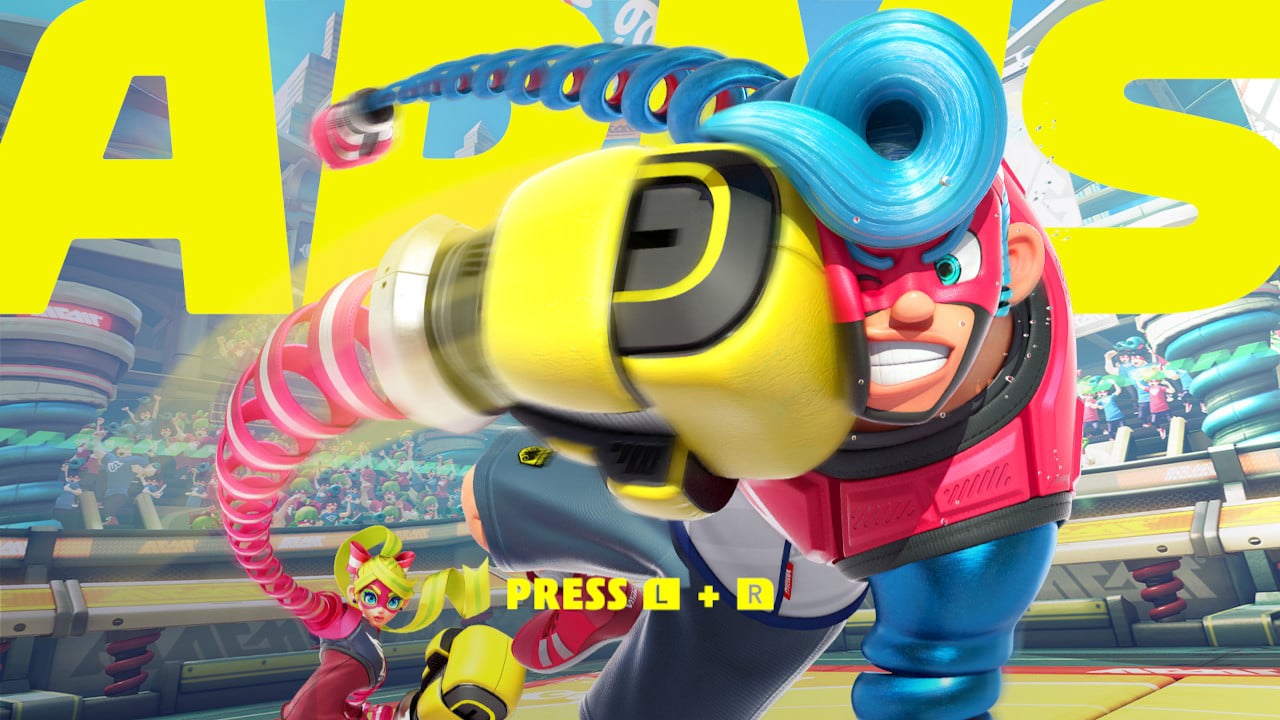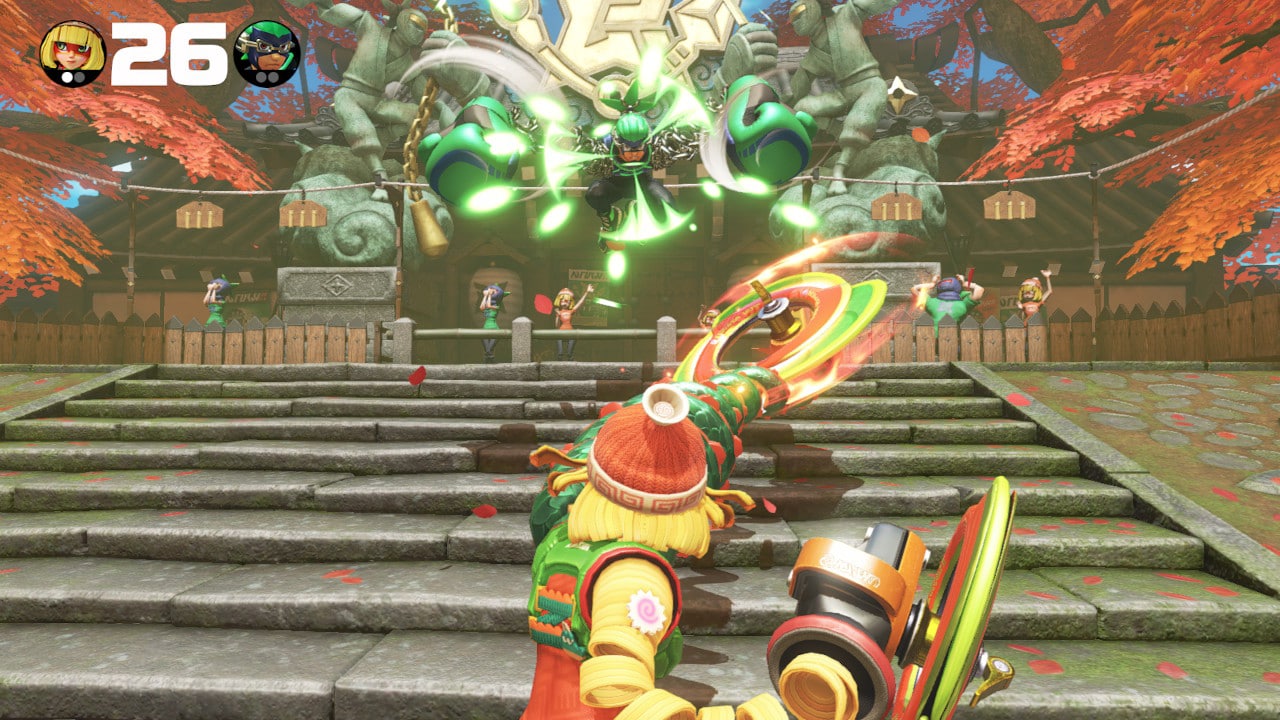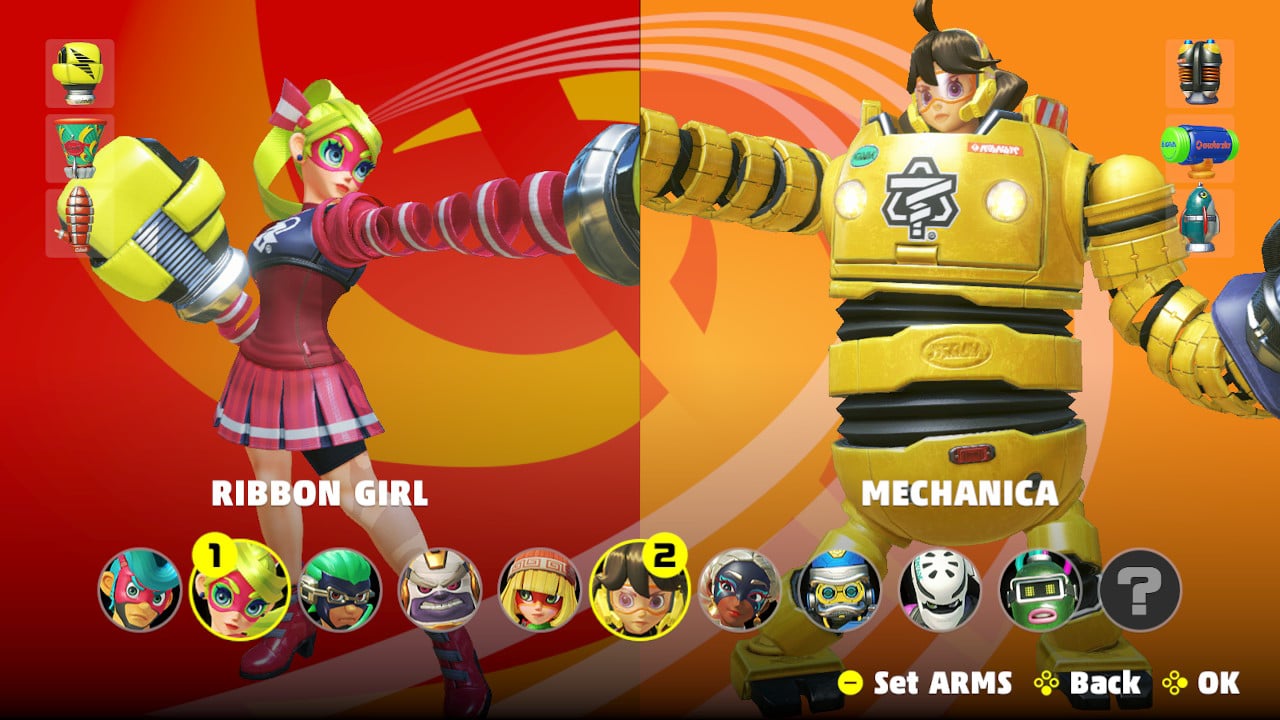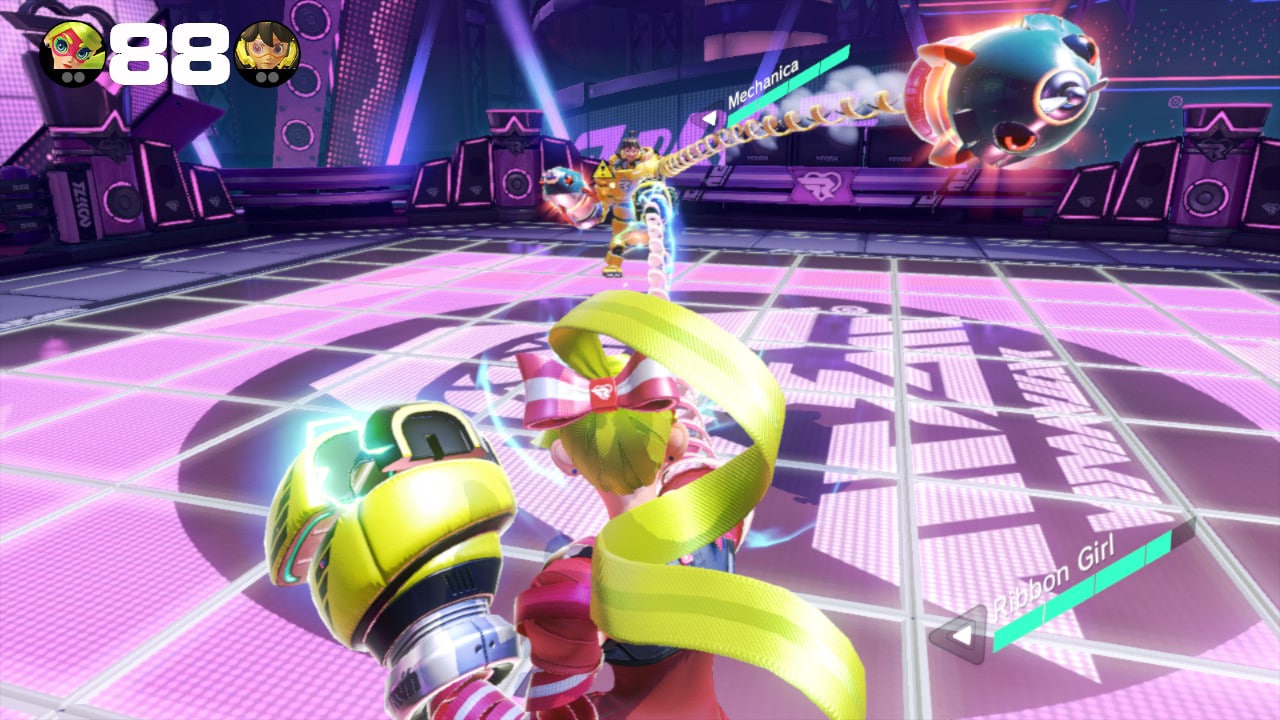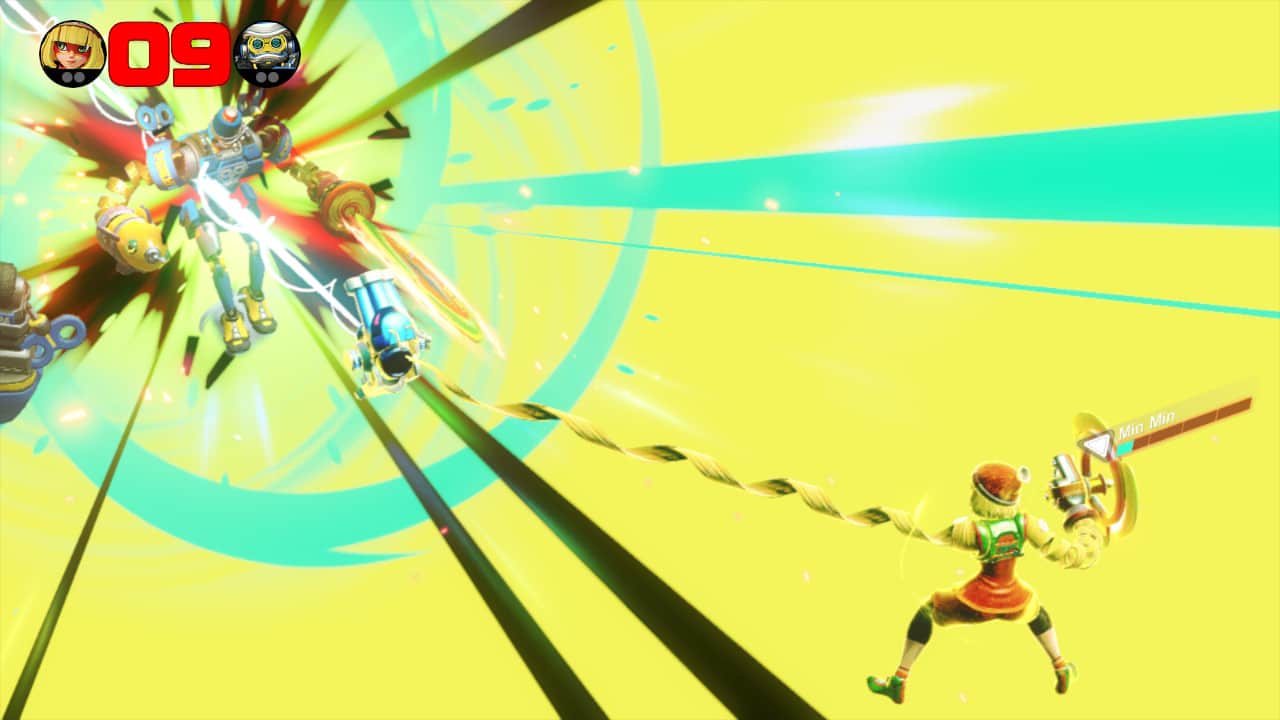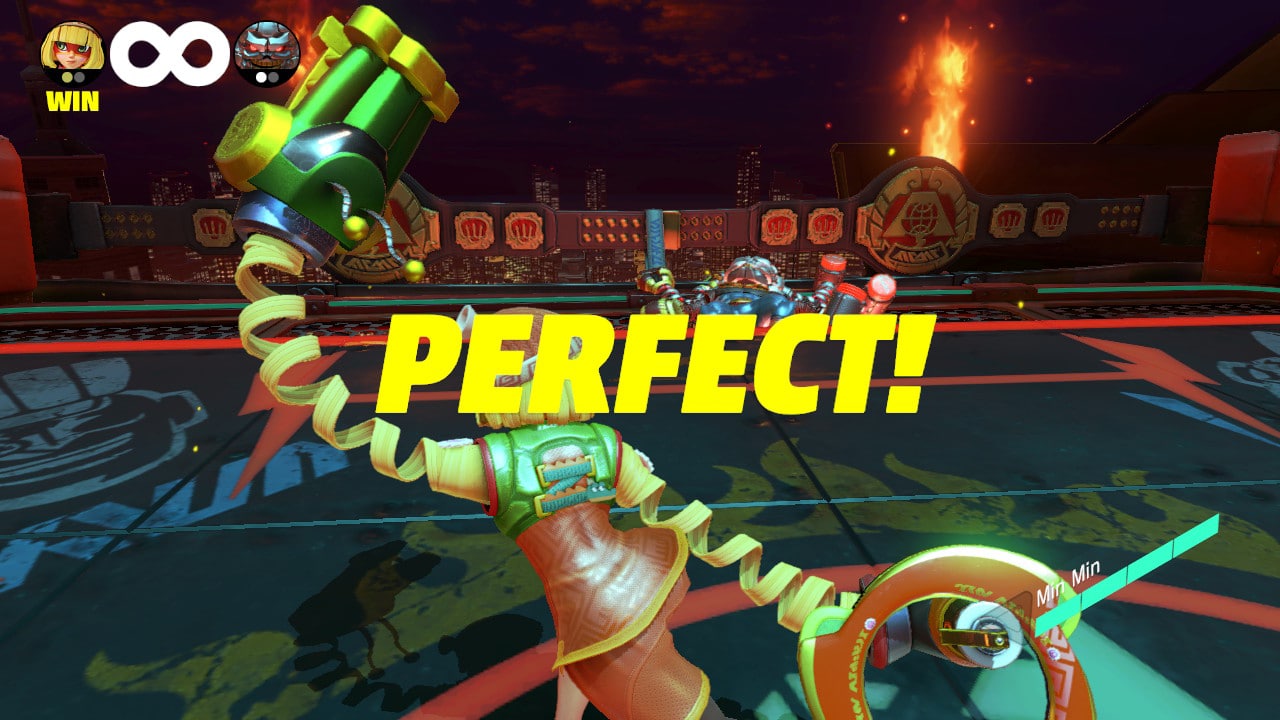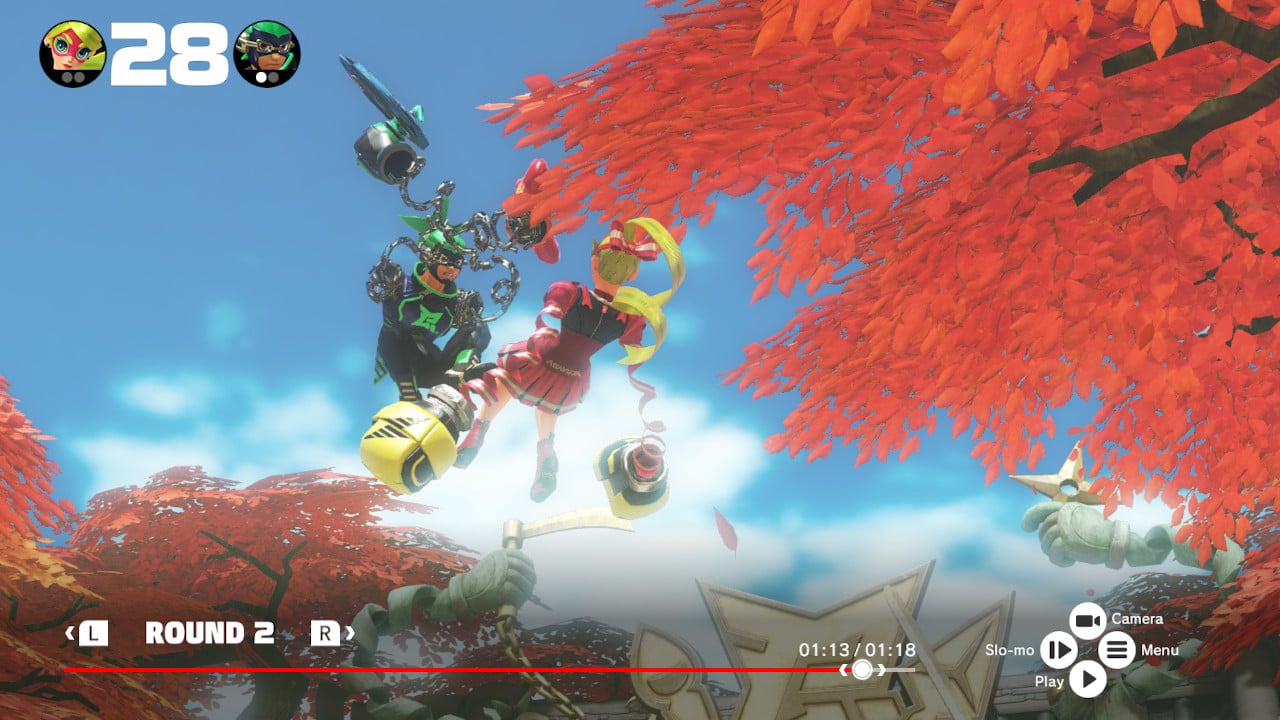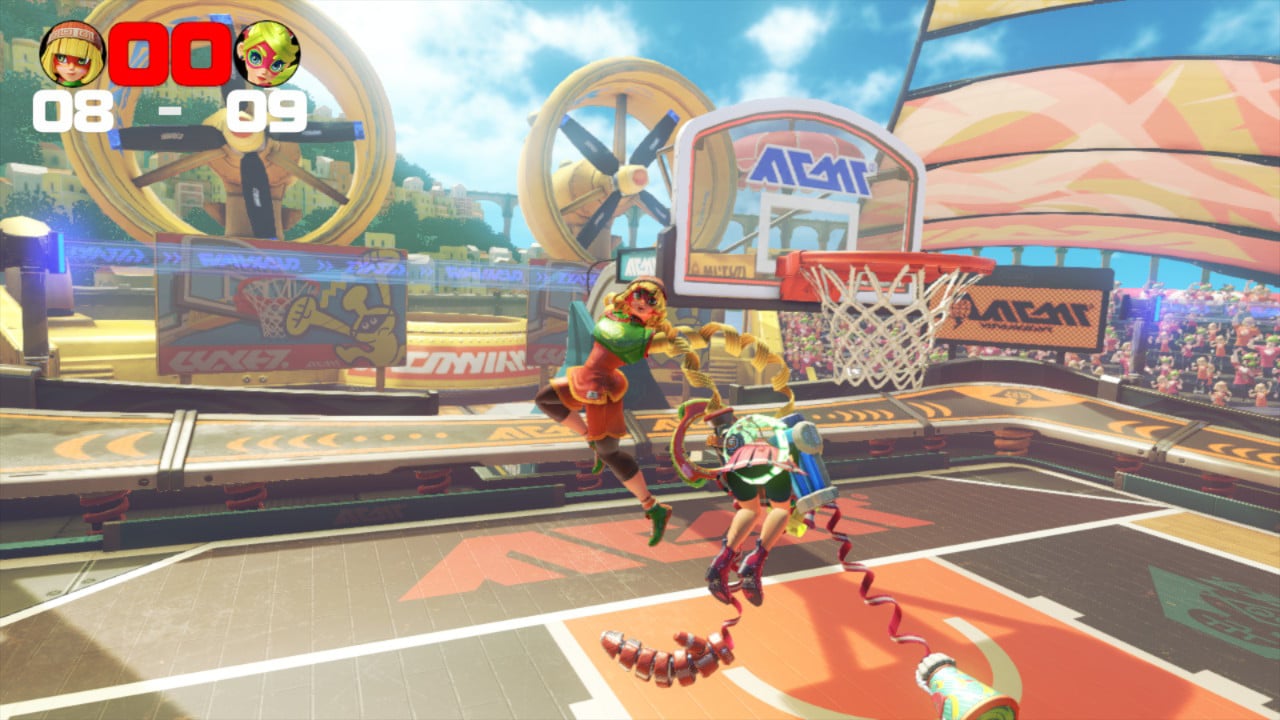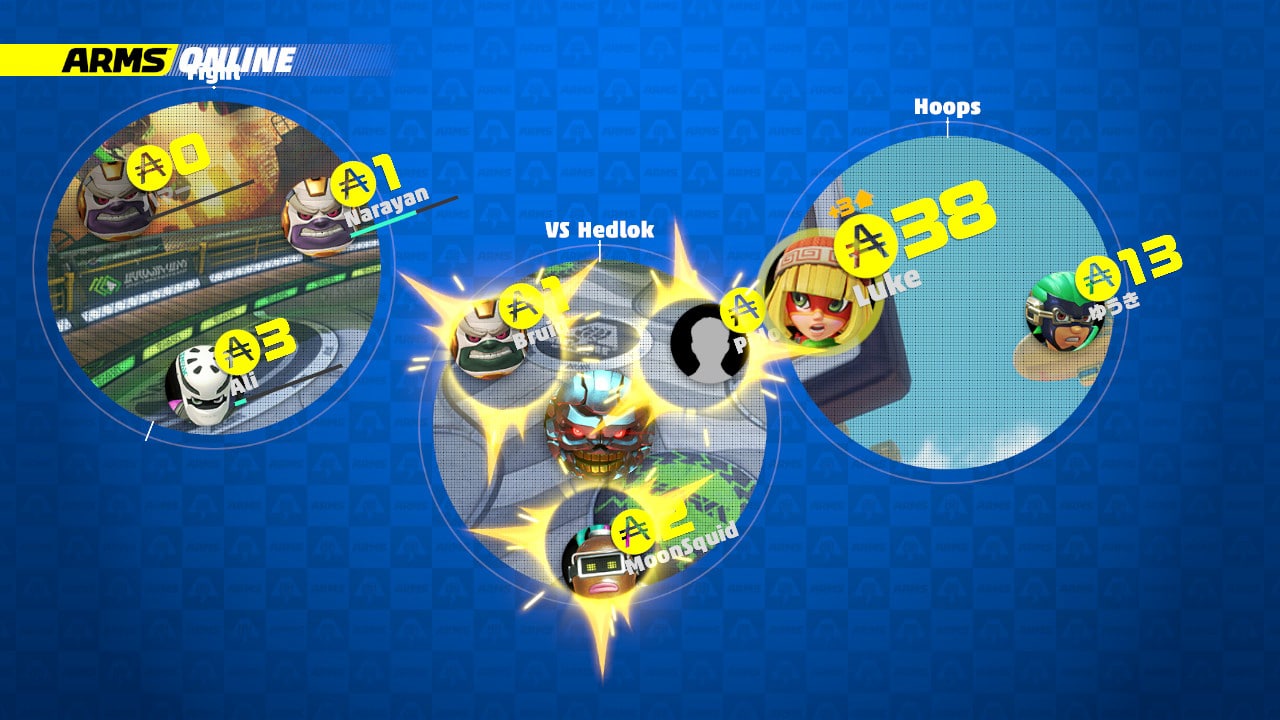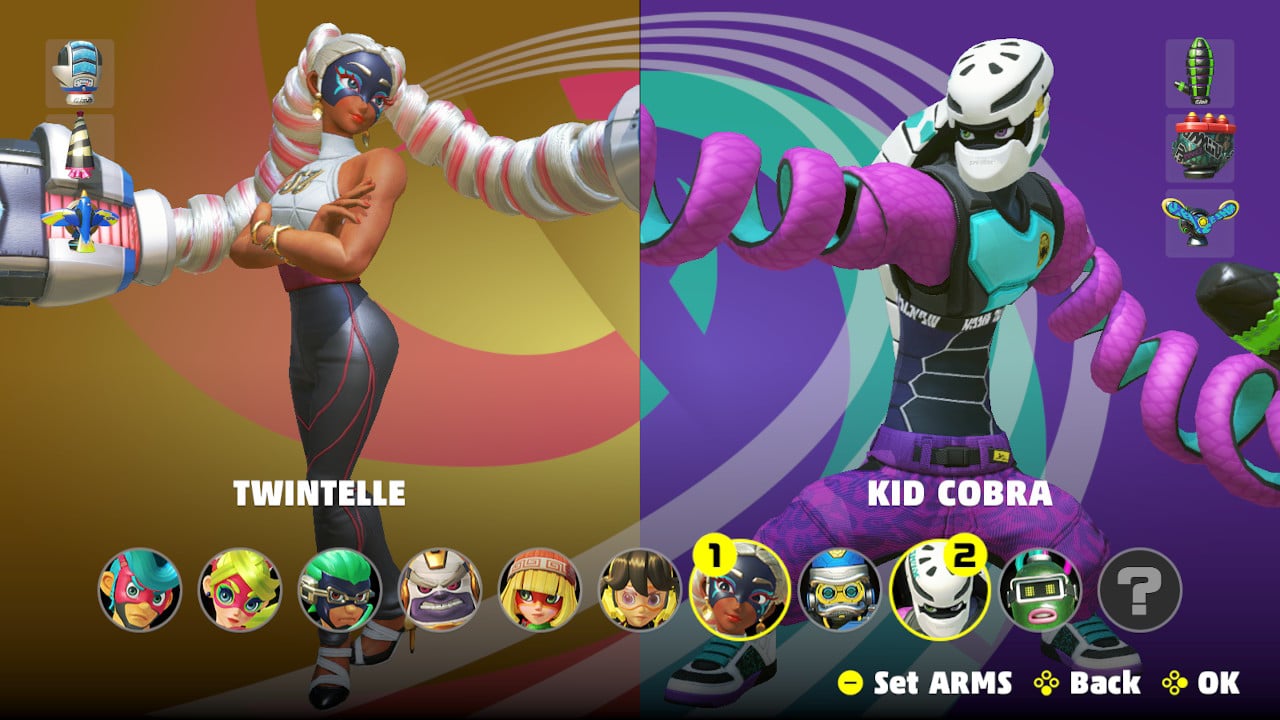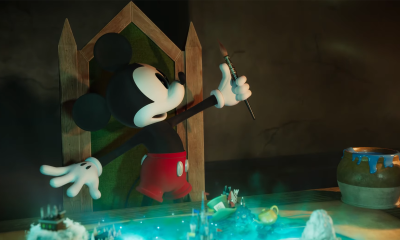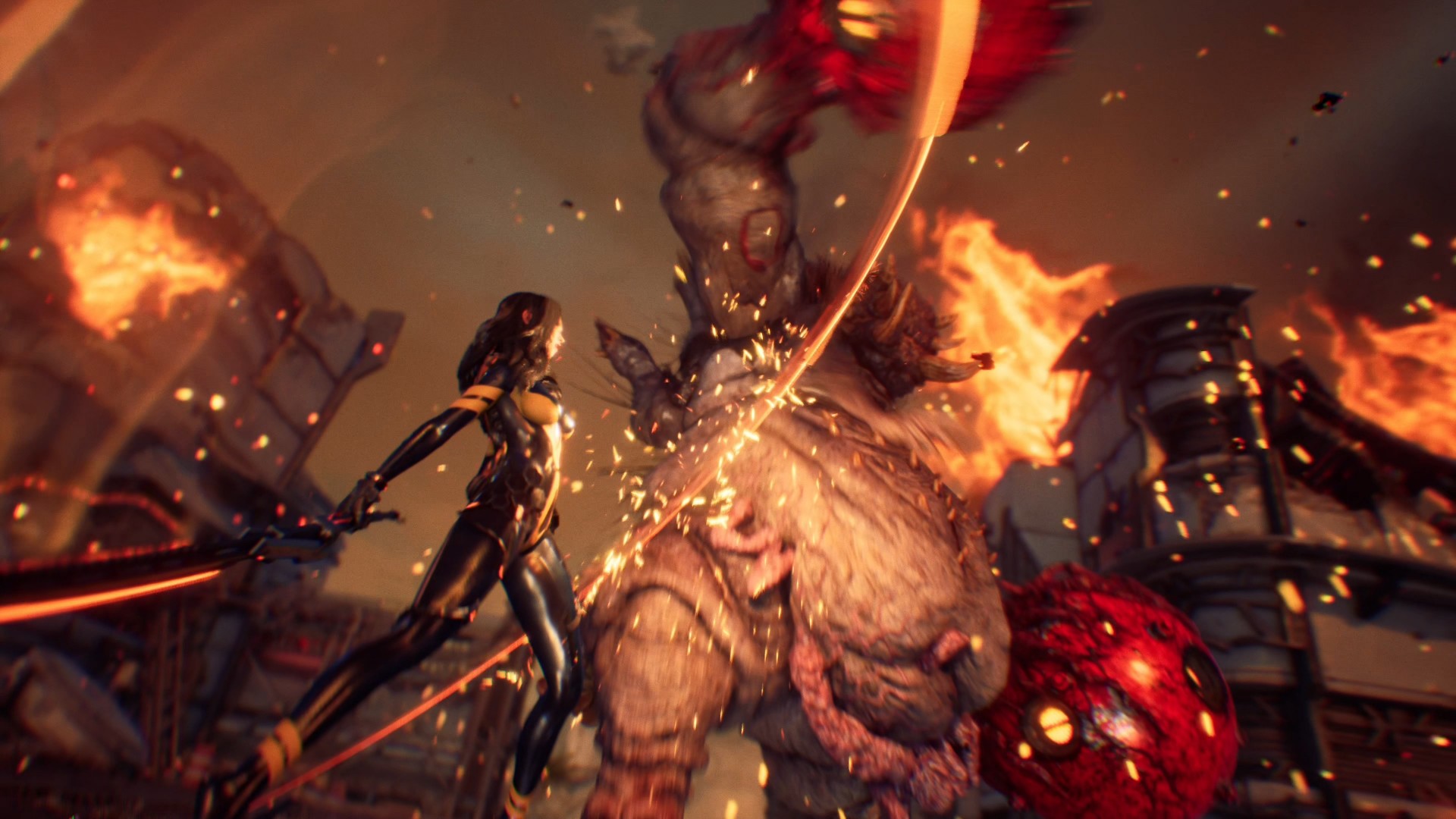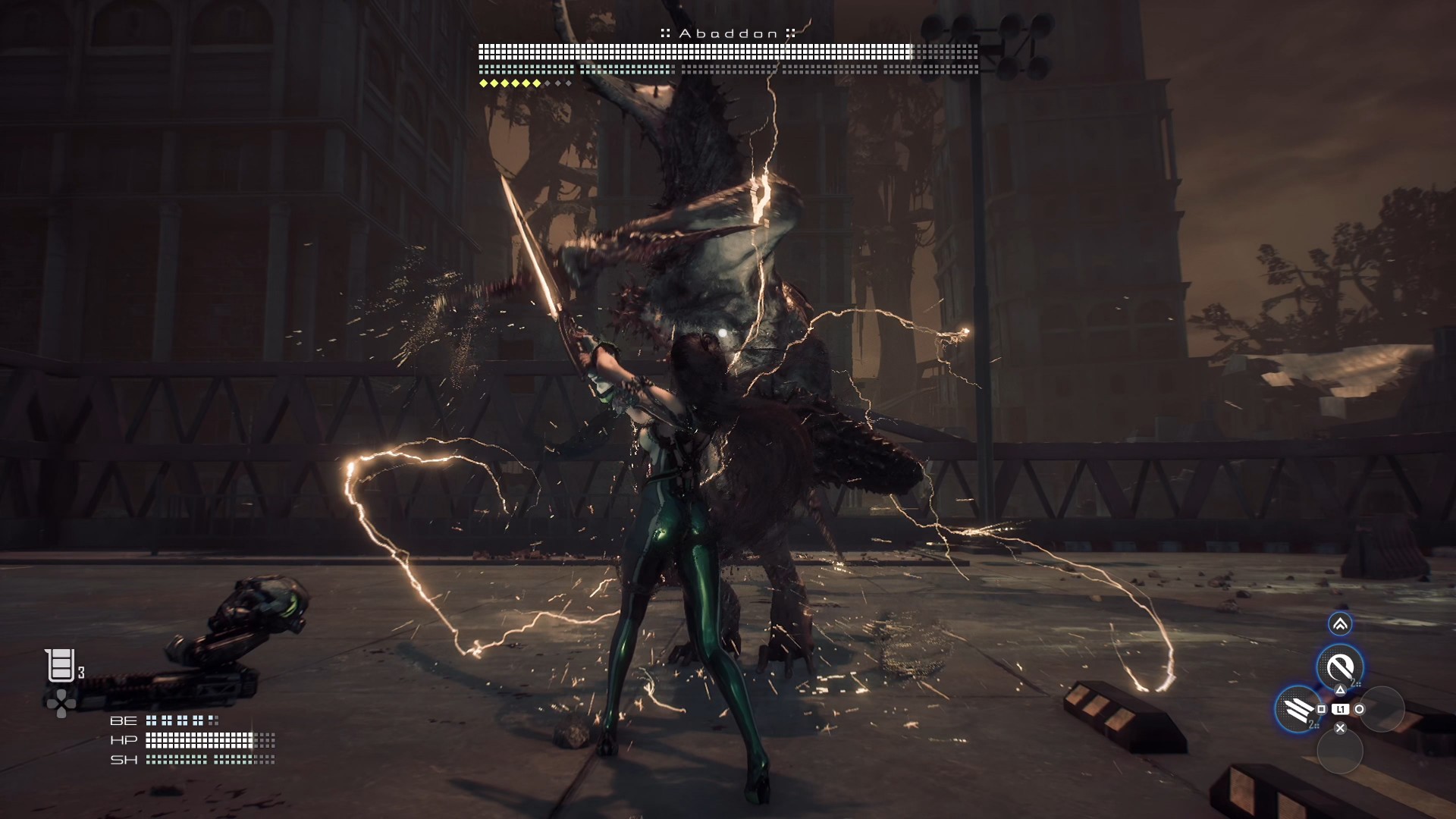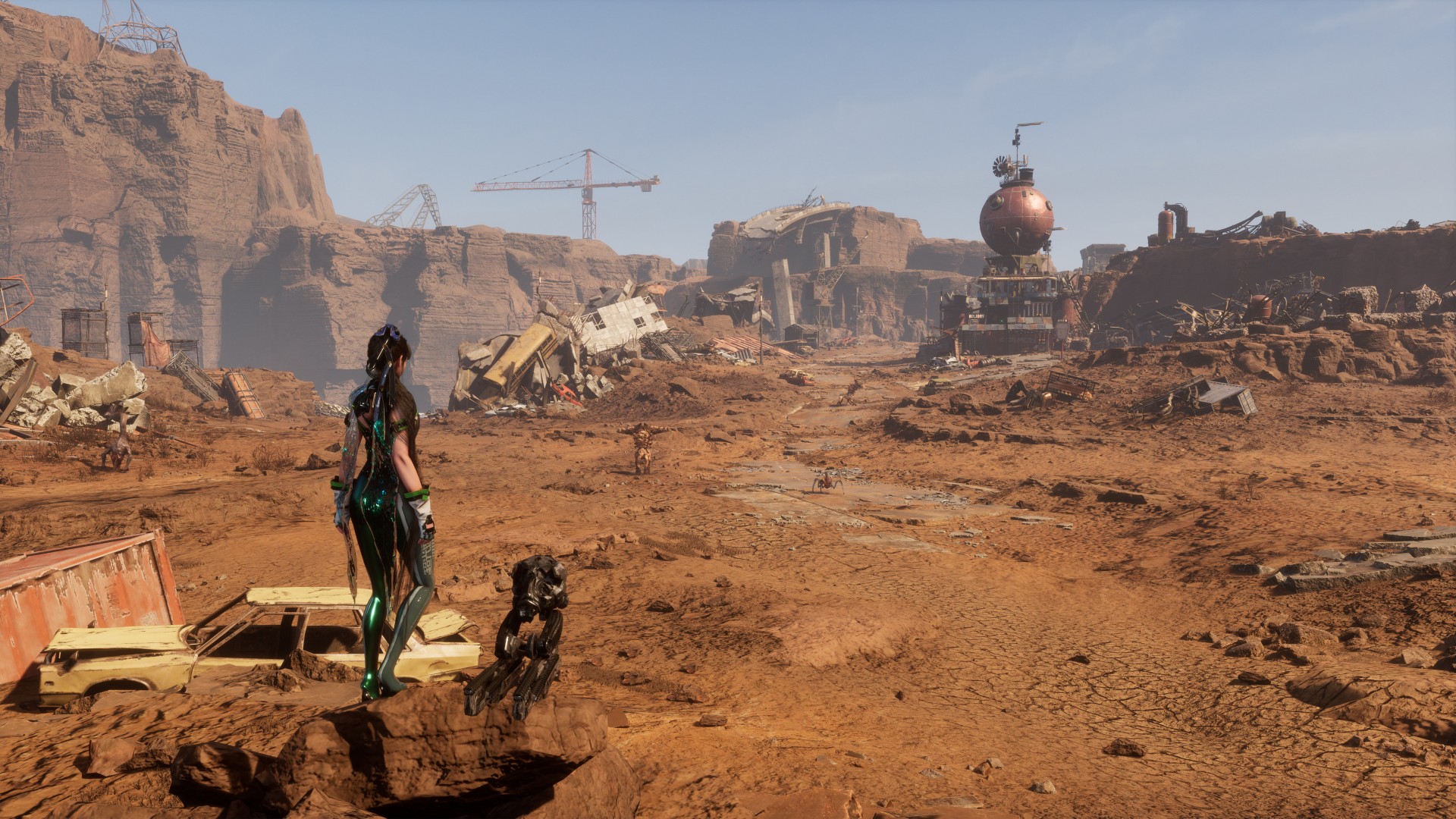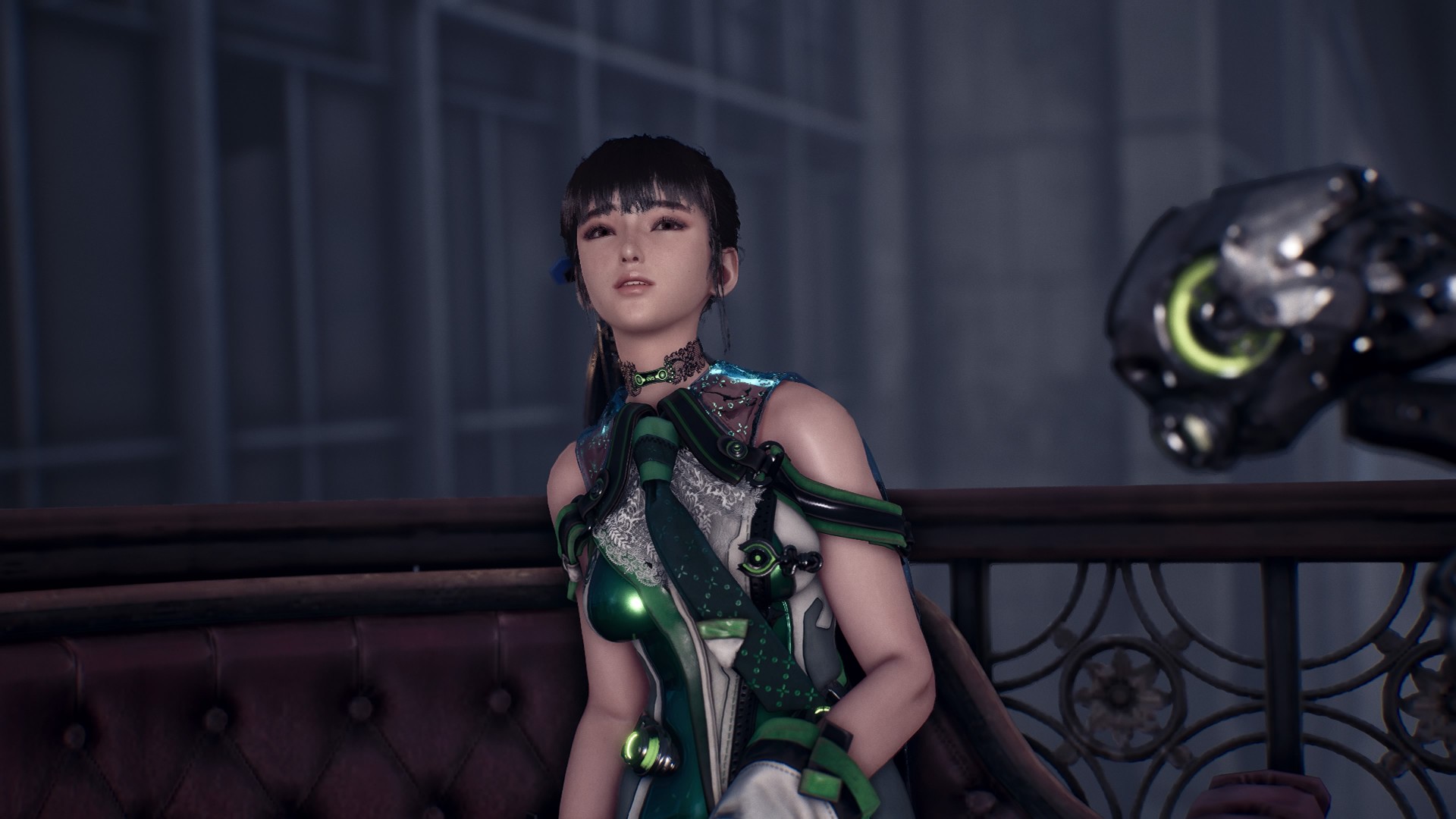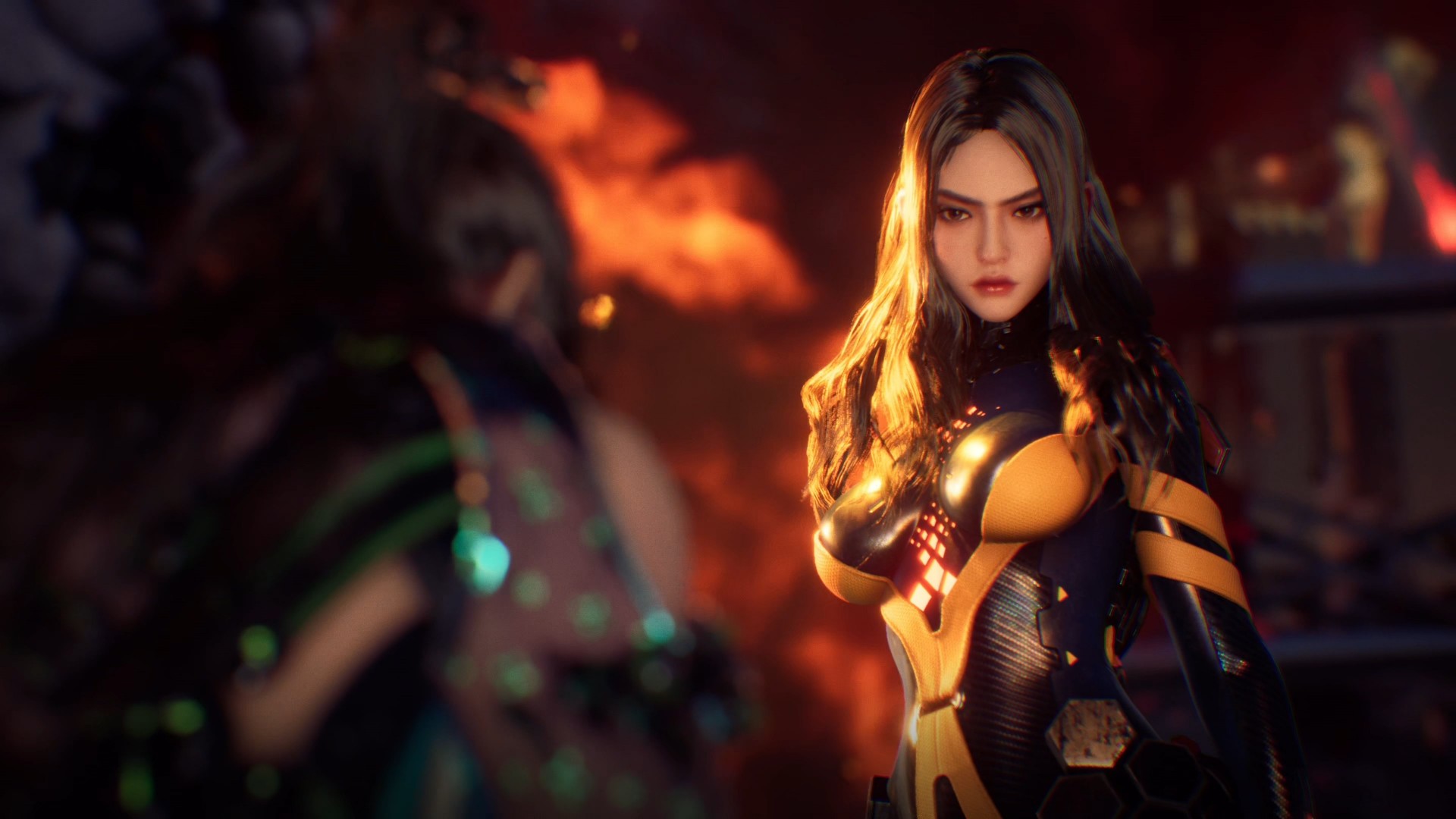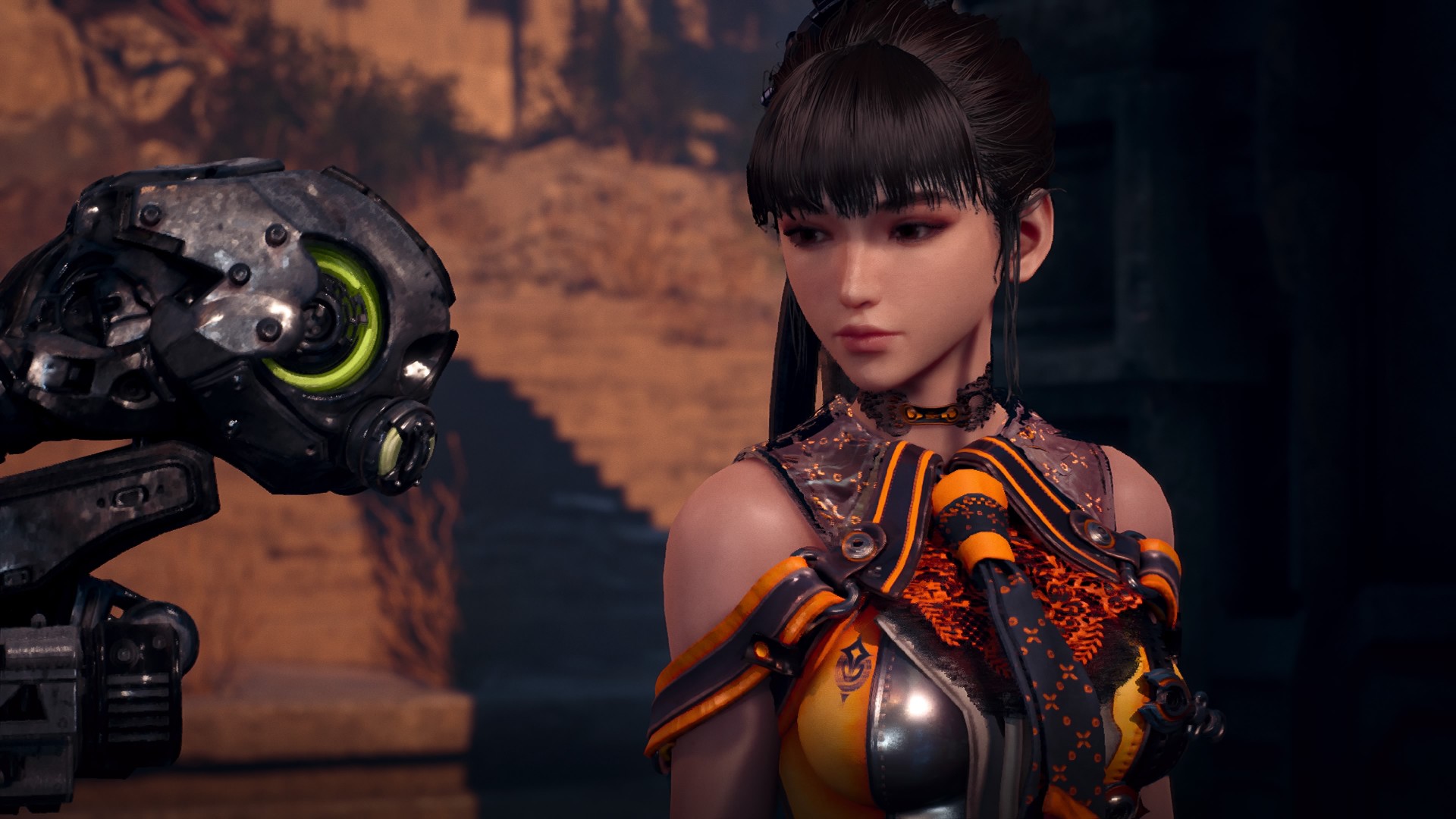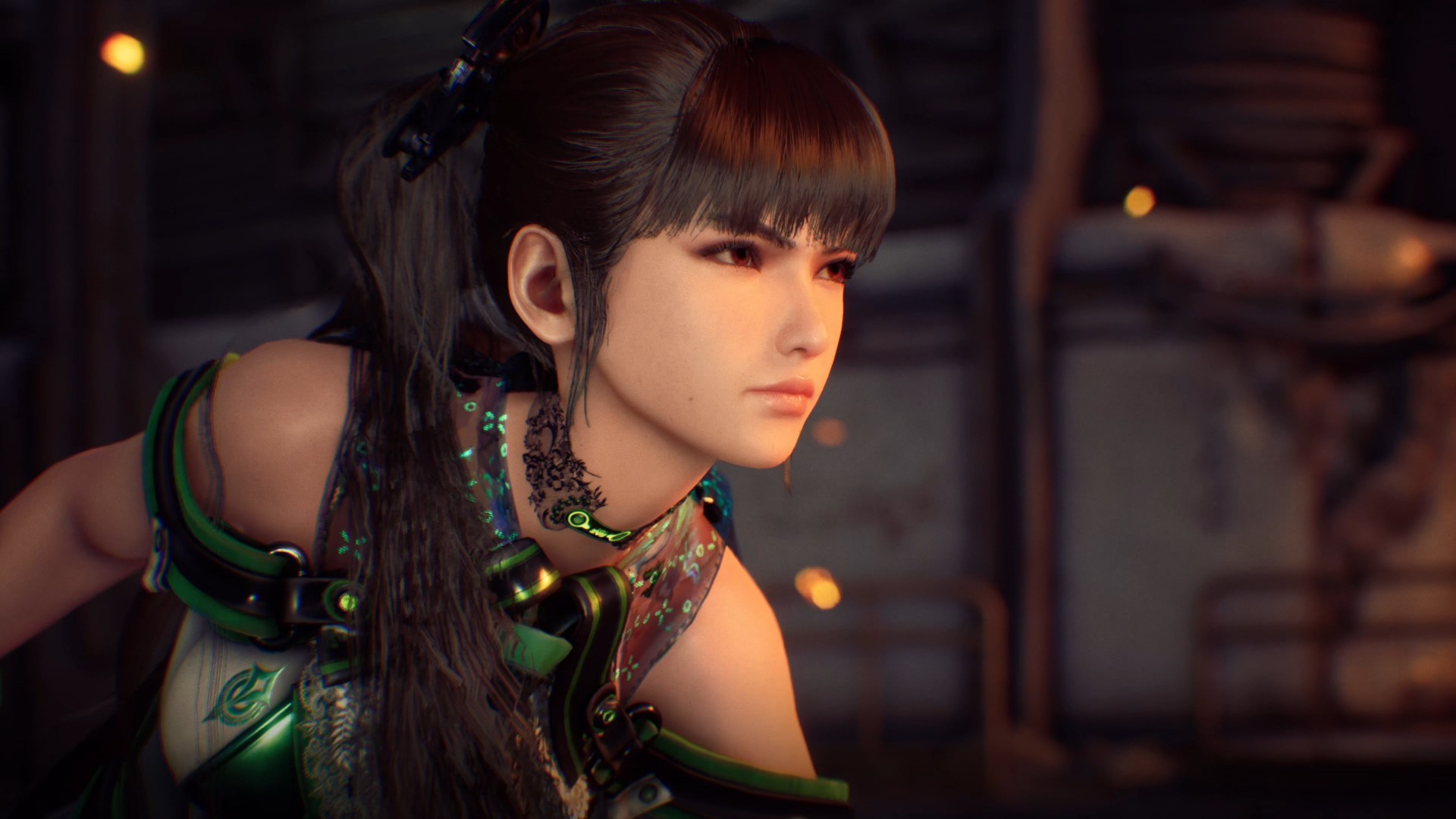Gaming
Arms Review: The Sweet Switch Science
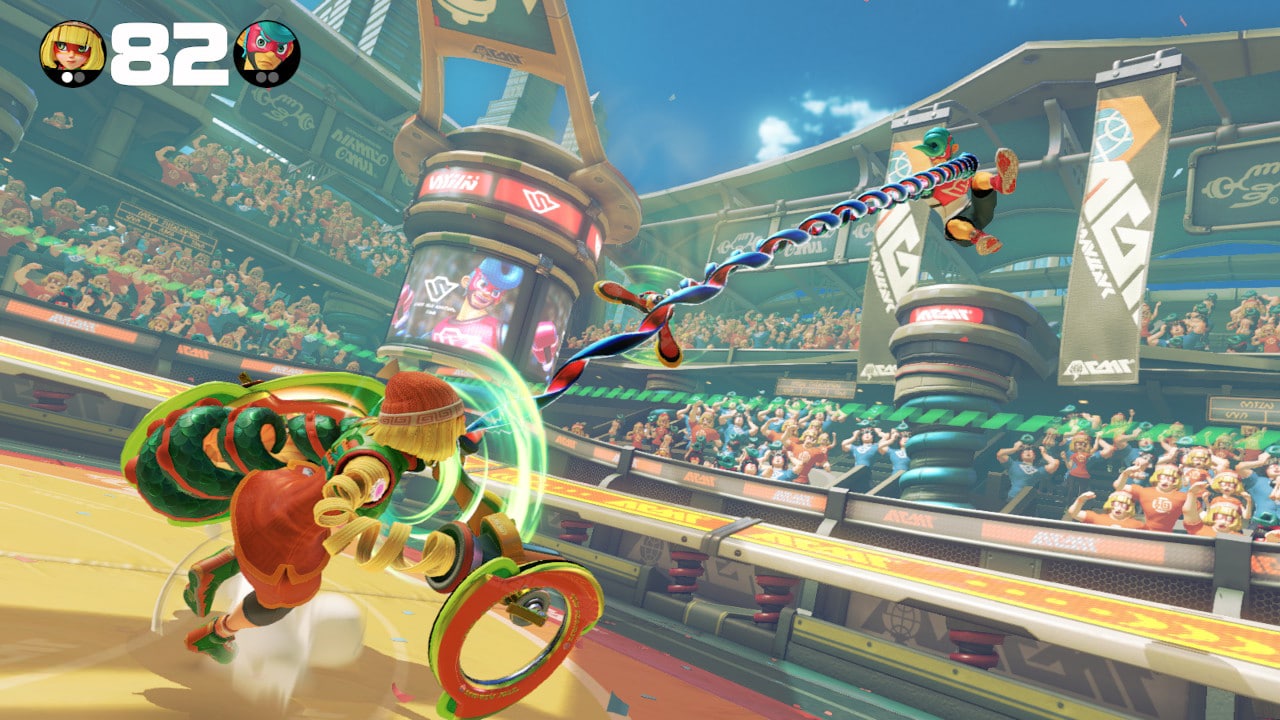
I love fighting games. But I’m terrible at them. For all my desire to play a real-time game of chess, in which I predict and counter my opponent’s every move, I still launch into a Shoryuken when I meant to let loose a Hadoken. I am mechanically bad at the genre, so I have enjoyed fighting games only at the margins. Arms changes all of that.
Springing into action
Arms is exhilarating from the get go. The sick vocal samba track (which we recommend listening to as you read our review) amps you up for the bouts to come, punctuated (punch-tuated?) by the title screen that strikes with its graphic design. This is from a Nintendo infused with bold new blood.
The game pits people who woke up one day with extendable arms and decided to fight with them, to the adoration of fans worldwide. Just go with it. You control your colorful fighter — in my case, a Chinese woman named Min Min who has literal noodles for arms and a ramen bowl beanie — in over-the-shoulder one-on-one battles where you use your extendable arms as projectile fists. It’s boxing with Voltes V’s ultraelectromagnetic tops.
Mask on, mascots
The art direction in Arms speaks for itself. The characters are instantly recognizable. Hero games are all the rage (think Overwatch), and Nintendo enters the ring with this fighter that fuses the dev team behind Mario Kart with the freshness of Splatoon, proving again that they are the masters of creating video game icons.
Each of the game’s ten characters are instantly readable — you’ll never confuse Ribbon Girl with Mechanica. All thirty of the game’s titular arms (the weapons at the end of Min Min’s noodles) are also easily identifiable, and tell you if this particular fist is electric or fiery, heavy or light. The springiness of the characters’ arms communicates immediately whether your opponent’s attack will reach you, or whether you have enough time to slip in a counter. This readability is aided by the flawless 60 frames per second and 1080p/720p in docked/handheld mode, with antialiasing to boot. These visual elements combine to help you keep abreast of everything at any point during a match.
Float like a butterfly, sting like a bee
Fighting in Arms feels great. I started off using traditional controls in handheld mode, and fell in love immediately. Nearly all inputs are one button, from dashing, jumping, blocking, and activating your super (here called the Rush). Left or right punches are thrown with the respective triggers. You grab by punching with both arms at once. The left analog controls your movement as well as allows you to curve the punch. That’s it. Its simplicity makes Arms not about complicated button combinations, but about spacing, movement, and timing: the fundamental fighter essentials distilled.
There is one egregious issue in the traditional controls — no button remapping. Block is mapped to clicking in the left stick (my least favorite input), which has led to the double-edged sword of me never blocking. This leads to Muhammad Ali-like weaves through punches, but also renders me vulnerable to Rush attacks that I’m unable to dodge fully.
His hands can’t hit what his eyes can’t see
Nintendo polishes a central mechanic to the point that it’s blinding. Grand Prix, the game’s single-player component, does a great job of putting it all together and serving as a tutorial for the brutality of online.
The mode has seven difficulty levels, which represents the most gentle learning curve I’ve ever seen. Ranked is locked behind beating Grand Prix at difficulty level 4, so upon beating the cakewalk level 1, I jumped right into 4… and immediately got annihilated by the CPU. But by taking it one increment at a time, I was trained in the game’s basics. By the time I made it back to level 4, I could stand toe to toe with the AI, and even managed to score a Perfect against the secret final boss.
The mechanics are such that every time you lose, it’s your fault, and the game shows you why. You can review a CPU match immediately afterward with the replay functionality. It lets you see things in slow motion from the opponent’s point of view, from an overhead perspective, and from a variety of cinematic angles. Even if you lose, it still feels good, because hopefully you’ll learn from it.
Rumble, young man, rumble
This positive reinforcement is good training for the saltiness of online. The Party Mode is good clean fun, with a volleyball variant (the ball is a bomb that explodes when it hits the ground) and a basketball minigame (your opponent is the ball, and if your grab succeeds, you dunk your opponent or get three points if you’re behind the line).
There’s a more serious 1v1 fight mode, but it’s peppered in between the sports modes and the absolutely insane 1v1v1, 2v2, and 3vCPU modes. It’s a great way to practice against real people, and the lobby is refreshingly presented — there will be times when you aren’t matched up, but you can peek into the progress of ongoing fights via the bubbles in the lobby. As of the most recent patch, a proper Spectator Mode has been added, but that’s currently limited to four in a lobby — two fighting, two spectating (normal lobbies have a max of 10 players).
The real meat of Arms is in Ranked. It’s gated behind beating the Grand Prix at level 4, so everyone there should theoretically know how to play. I say “theoretically” because I rocketed from ranks 1 to 7 without losing a single best-of-three game (Ranked peaks at 15 for now). I’ve never been competitive at a fighter before, and there’s nothing like the mind game of prediction, counter-prediction, and reading your opponent.
It’s early days yet for Arms, and figuring out the intricacies and depth brought by the different characters and arms (each of the ten characters can use all of the thirty available arms) is exciting. By getting in on the ground floor, we’re building the metagame in real time. It’s a good start for Nintendo’s branching out into games as a service.
Fast casual
“Let’s play,” I tell Belle, my cousin. We’re waiting for our food at Pancake House, and I figure this is the perfect time to live out a Nintendo Switch commercial. For medical reasons, I’d never tried the motion controls before. Belle boxes in real life, so I know she’ll like this. I pop off the neon blue and red joy-cons and hand them to her, and take out another pair. They’re Arms yellow, vibrant as a highlighter.
She looks through the character screen with great interest. “Is she black?” says the palest, most privileged woman in our family who’s learning about social justice at the Ateneo de Manila University. She’s talking about Twintelle. “She uses her hair to punch? I want her.”
By this point, I’ve had Arms for a week and am deep into Ranked with Min Min. I use a different character for the first time — Kid Cobra, who’s tearing through the tier lists because of his innate advantages in the current metagame that is focused on charged attacks and dashes.
We play three best-of-three matches, and Belle wins every time. Maybe Arms makes savants out of us all.
SEE ALSO: Mario Kart 8 Deluxe review: The quintessential Switch game
[irp posts=”13796″ name=”Mario Kart 8 Deluxe review: The quintessential Switch game”]

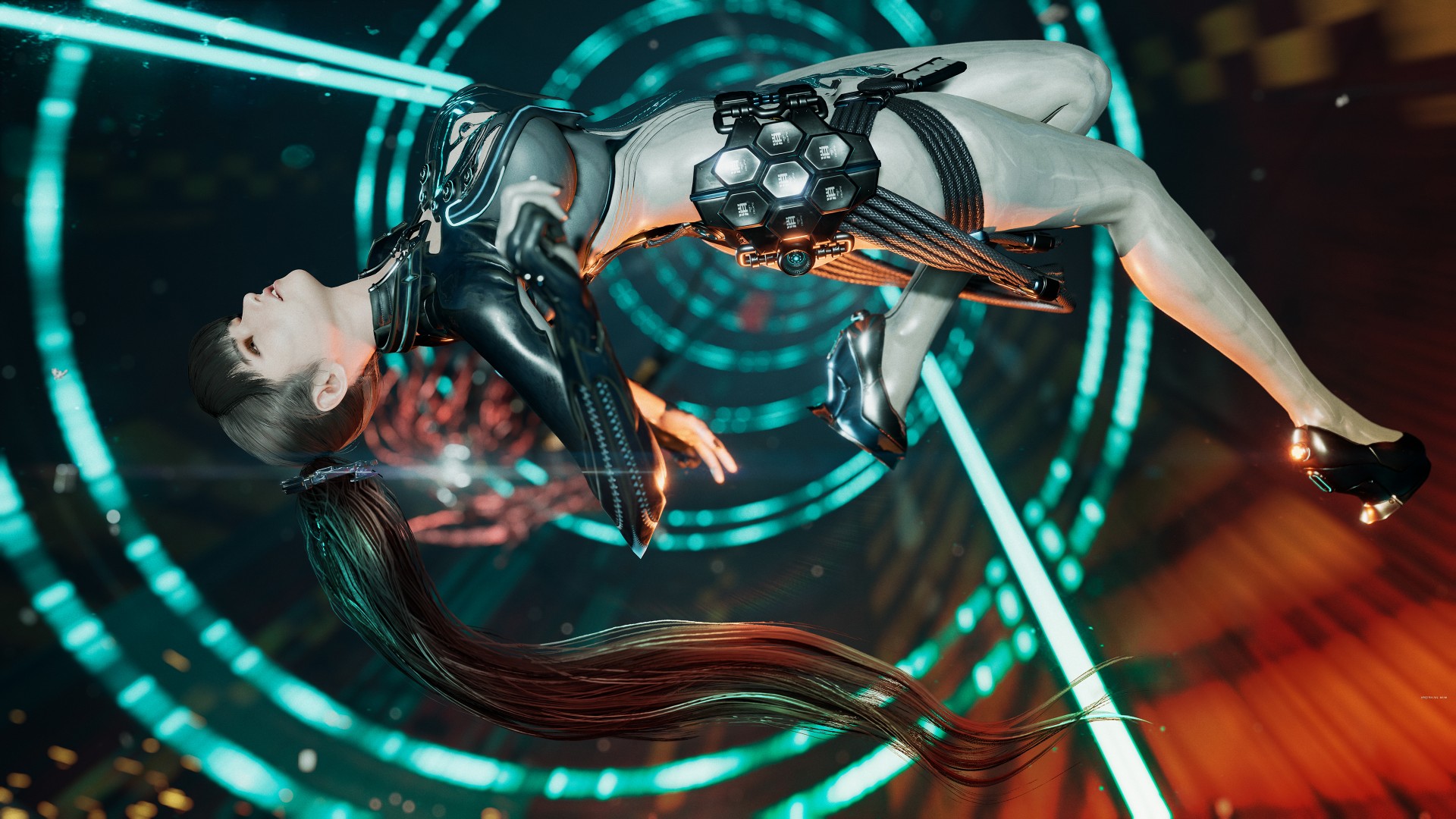
We didn’t have the best impression of Stellar Blade after spending time with the demo. Unlike certain players who poured a full game’s length of hours playing, our reception was lukewarm due to various reasons. But after finally having some time to focus on it, we now have a better understanding of its charm–and that goes beyond character design.
The game’s director has been ever-present in various gaming and tech news websites sharing nuggets about the game and reacting to the many comments made about the proportions of its female characters. That’s a rabbit hole we’re not diving into. Instead, we’re piggy-backing on one of his responses: Just pick up a controller and play it.
Steep combat learning curve
Stellar Blade’s combat didn’t click with us right away. But that’s because we approached it more like a hack-and-slash and not for the precise combo-parry sequence that it demands. A fellow reviewer aptly described our experience: It was a lot more “Soulslike” than we anticipated.
It took a while to get over that hurdle. For one, this writer isn’t particularly fond of Soulslikes. Skill issue. That’s tough considering a big part of this game’s charm is its combat. We can’t say that it fully clicked with us, but it certainly has its moments.
In combat, you have to pay attention not only to your enemy but also to how the protagonist, Eve, acts in different combo animations. If you’re not careful, you might find yourself getting hit during a lull in your combo.
You don’t have to memorize every single combo, although if you could, that’s certainly an advantage. We can compare the practice to memorizing combos of characters in Tekken, although at a milder rate.
Parrying is tricky but that’s not the only way to counter your enemies. One of the first skills you unlock is one that lets you get behind your enemy after they unleash a fatal attack (cued in with blue indicators) and hit back with your own counter. The animation looks so good that you’ll feel like an absolute badass every time you do it. It’s one of the moves that never got old throughout the entire playthrough.
As you progress through the game you’ll unlock ranged weapons that will expand your combat capabilities further. Hard combat enthusiasts should have a field day.
For more casual players, there’s no shame in switching to Story Mode which is what we did for about 70% of the playthrough. It’s easier, sure. But it can still present challenges especially during certain encounters.
The boss battles are TOUGH
We’re going to chalk this up again to skill, and perhaps patience, issue. But Stellar Blade’s boss battles are incredibly tough. Not to the point that you’ll want to throw your DualSense controller though.
What can make it frustrating is that the patterns of the enemies, especially the earlier bosses and mini-bosses, are easy to track. But they’re not exactly easy to deal with.
Parrying becomes an even more critical skill in these encounters. It’s one of the reasons why we opted to slide down the difficulty. Otherwise, this writer will never finish the game.
Pulling from different games, worlds
We have seen many compare Stellar Blade to the Nier games. Other than the setting, another big contributing factor in that comparison is the soundtrack.
During roaming, exploring, and combat, the music will change from time to time. However, they stick to this theme that’s a little eerie. It’s hard for us to describe but it’s almost like a crescendo that never quite swells up. It matches the game’s world perfectly — it feels hollow and devoid of life but still has a sliver of hope.
Combat isn’t the only thing you’re doing here. While it’s mostly linear at first, Stellar Blade offers a healthy mix of exploration, platforming, and puzzle-solving.
The puzzles don’t get in the way of the pacing. They’re quite engaging and offer a decent level of challenge. Roaming and exploration will yield you loot to improve your gear and stats. Occasionally, a Naytiba (the game’s primary foils) will surprise you for a good jumpscare moment.
Stellar Blade doesn’t reinvent anything nor does it offer anything particularly new or groundbreaking. But everything it borrowed from other games is retrofitted to match the game’s vibe and overall aesthetic. The result is a polished experience of familiar gaming mechanics.
Eve
Another aspect that did not grab us as much during the demo is the main character, Eve. The first hour of the game doesn’t do much to endear the player to her.
That slowly changes as you play through the game. Through a mix of cut scenes and world-building collectibles, you get a better sense of what Eve is, her mission, and ultimately her purpose.
If you’re familiar with the animé Violet Evergarden, Eve and that show’s protagonist share a similar character arc. They initially seem one note and bland, but the layers are peeled back as you learn more about them and how they relate to the world and the people around them.
Is she hot? Hell yeah. But as cliché as it is, she’s certainly more than what meets the eye.
Should you play Stellar Blade?
Unlike the PlayStation 5 exclusive that immediately preceded it, Stellar Blade has plenty in common with past PS5 exclusives — visually captivating, cinematic experiences, with satisfying gameplay.
Its level of challenge is closer to Sekiro and Bloodborne but it’s also not quite as difficult. In the same category but certainly not in the same stratosphere.
It also has an alluring charm that goes beyond its aesthetics. As mentioned earlier, nothing about it is particularly new or groundbreaking. But it’s polished and cohesive. There’s something about the overall feel of the game that draws you in and makes you want to see it through.
Stellar Blade is a Day 1 purchase if you’re up for the challenge. And if you consider the game director’s goal of having a high quality AAA console game from South Korea which is dominated by PC and mobile gaming, we say they did just that. Now, it’s just up to us to pick-up the controller and play.
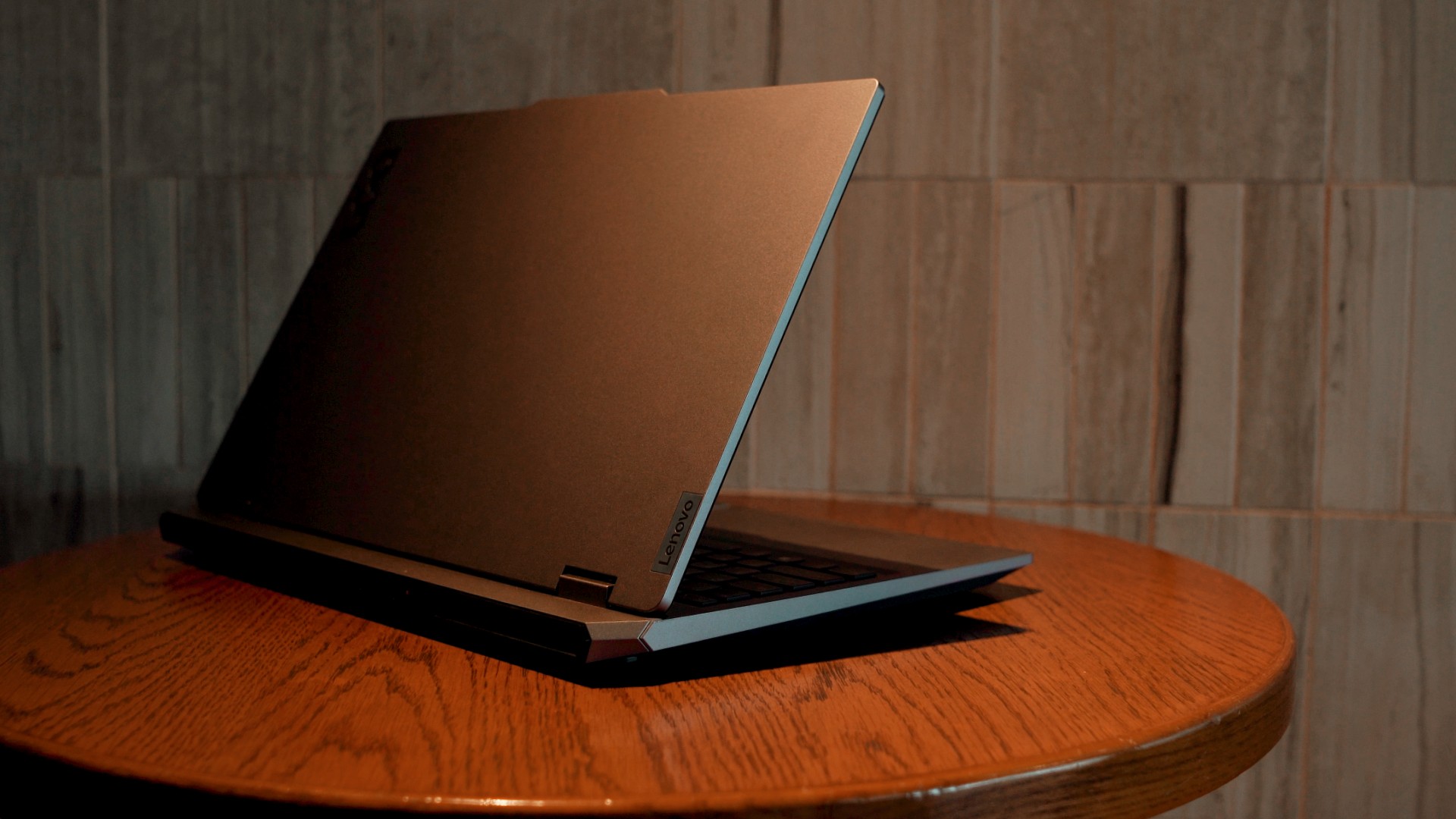
Get your game on with the Lenovo LOQ 2024. This capable laptop is your entry point to PC Gaming and a lot more.
It comes an absolutely affordable price point: PhP 48,995.
You get capable hardware and the hood to support gaming and more. The Lenovo LOQ 15IAX9I runs on the 12th Gen Intel Core i5 processor and Intel Arc Graphics.
Those are key to bringing unreal graphics to this segment. Supporting latest tech like DirectX 12 Ultimate, players are able to enjoy high frame rates on the Lenovo LOQ.
Creating content? It comes with AI Advantage to help boost performance. Engines and accelerators boost the media processing workloads especially for creatives. It also works with Intel’s X Super Machine Learning, Leading to images that are as close to reality.
The laptop supports a configuration of up to 32GB of RAM and 1TB of SSD Storage.
As for its display, the device has a large 15.6-inch, Full HD panel that is more than enough for gaming, video editing, content consumption, and whatever else you do on a laptop. This display has 144Hz refresh rate, 300 nits brightness, and anti-glare.
Videos come out clear, crisp, and realistic. Audio is punchy and as loud as it gets. Windows Sonic elevates it more when you use headphones. And it just takes a few minutes to render HD videos on editing software.
As it runs on Windows 11, if you are going to use it for work, you can take advantage of various features. The Lenovo Vantage Widget is there for constant reminders, Copilot will help you organize your tasks, and Microsoft Edge is there for casual browsing.
There is an assortment of ports at the back for easy connectivity. And as this is meant for gaming, we put it to the test. Racing that looks better with high frame rate? Check. Shooting titles that require heavy work? Not a problem. You can play all your favorites and not worry about performance.
Best of all, it takes less than an our to juice up this laptop all the way to 100%.
So, whether you’re looking to get started with PC Gaming, or an upgrade for work and entertainment needs, the Lenovo LOQ has you covered.
This feature is a collaboration between GadgetMatch and Lenovo Philippines.
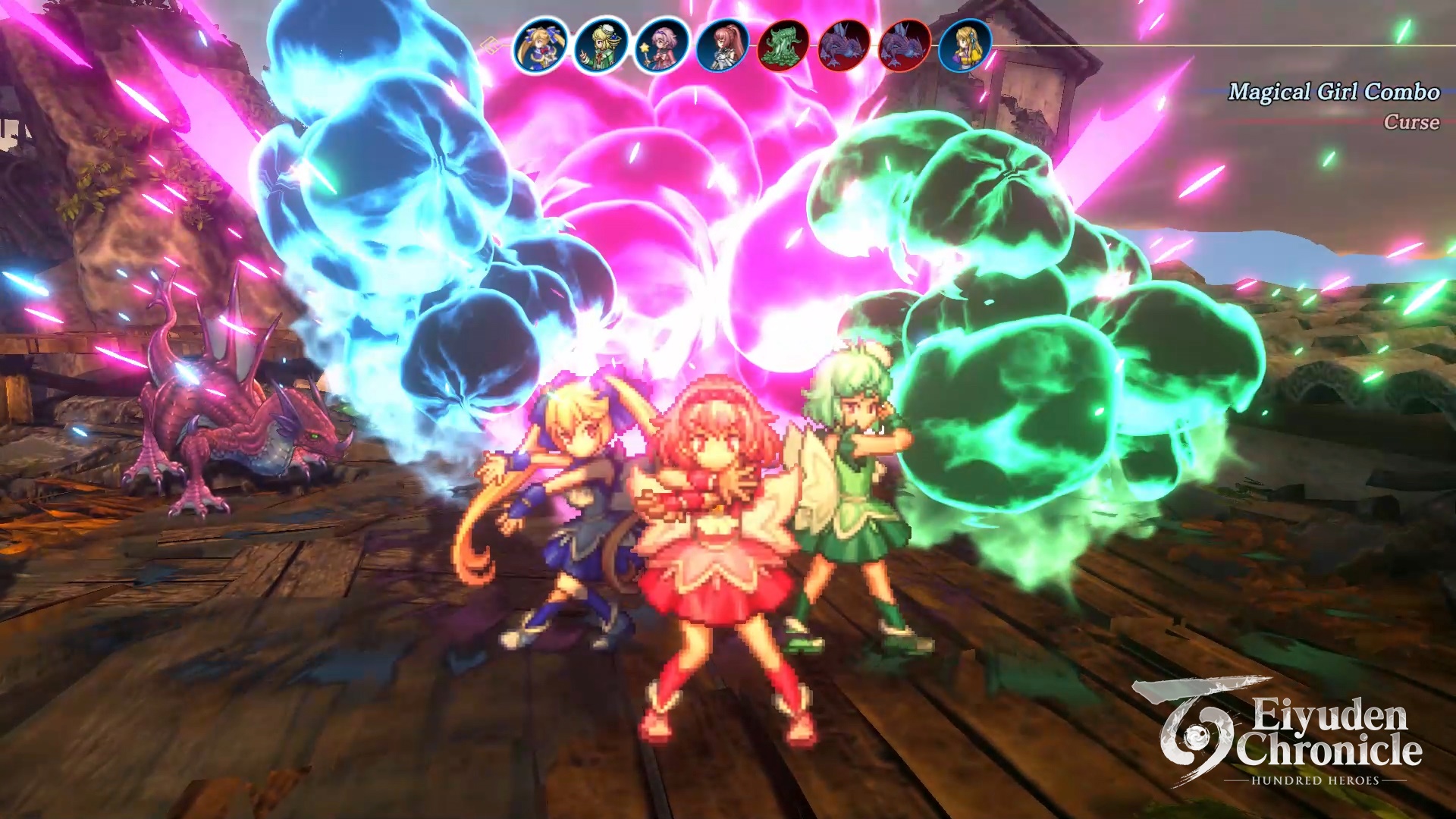
Rabbit and Bear Studios and 505 Games’ Eiyuden Chronicle: Hundred Heroes is now available across multiple platforms. One of the most anticipated JRPGs in recent memory may now be played on PlayStation 4, PlayStation 5, Xbox X|S, Xbox One, and Nintendo Switch. Moreover, it may be accessed on PC via Steam, the Epic Games store, and GOG.
Eiyuden Chronicle: Hundred Heroes is crafted by game developers Junko Kawano (Suikoden I, IV) and the late Yoshitaka Murayama (Suikoden I, II). The title features a modern take on classic 2D side-scrolling games. It has a six-character battle system, meticulous 2D sprites and 3D backgrounds, and a riveting story. As the name suggests, you can play over 100 characters.
GadgetMatch had the privilege of playing the game’s early preview here: Eiyuden Chronicle: Hundred Heroes First Impressions
The refreshed environment immediately stands out. There is more detail, depth, and movement compared to how side-scrolling games of the past used to be played. The game lets players choose their party mates. Meanwhile, the actual combat is turn-based, giving players room to strategize what sequences or gimmicks to select.
With more than 100 characters to choose from, the game also allows players to appropriately select heroes fit for certain regions and dungeons throughout the story. Moreover, some are designated catalysts that can give you access to more of the world’s treasures. In between, users may enjoy mini-games, like the fishing side quest in the preview. The collected fish can be part of another mini-game — cooking — as ingredients for recipes you can cook with.
-

 Events2 weeks ago
Events2 weeks ago[UPDATED] Stellar Blade: PlayStation taps cosplayers to play Eve for game’s launch
-

 Features2 weeks ago
Features2 weeks agoFortify your home office or business setup with these devices
-

 Reviews1 week ago
Reviews1 week agorealme 12+ 5G review: One month later
-

 Gaming1 week ago
Gaming1 week agoNew PUMA collection lets you wear PlayStation’s iconic symbols
-

 Accessories1 week ago
Accessories1 week agoMarshall Major V: Reasons Why I Love It
-

 Gaming1 week ago
Gaming1 week agoMore PlayStation 5 Pro specs have been leaked
-
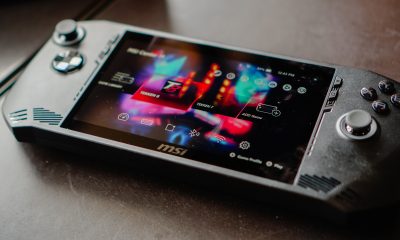
 Features1 week ago
Features1 week agoWhy choose the MSI Claw?
-
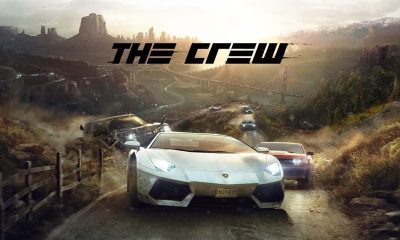
 Gaming2 weeks ago
Gaming2 weeks agoUbisoft is taking away copies of The Crew from your library

